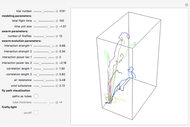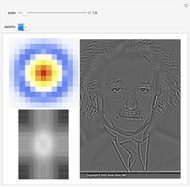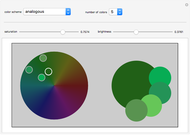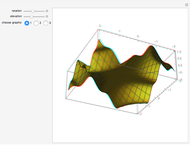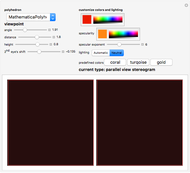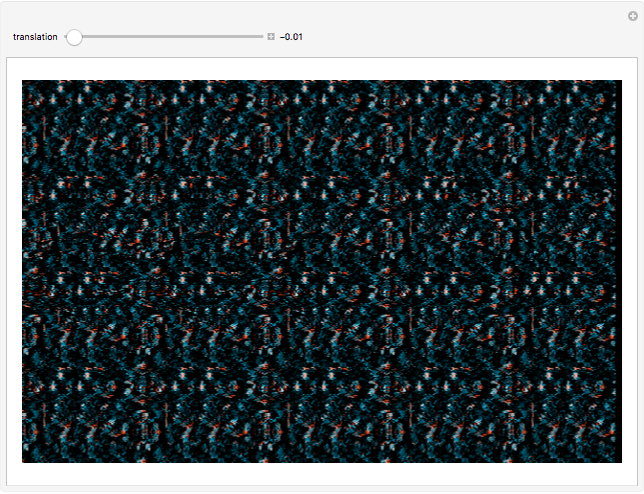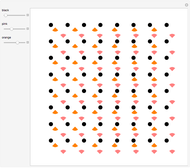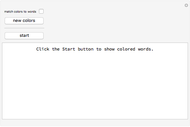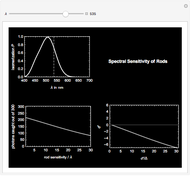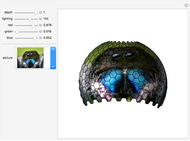Hexagonal Insect Vision

Requires a Wolfram Notebook System
Interact on desktop, mobile and cloud with the free Wolfram Player or other Wolfram Language products.
Insects see the world very differently from humans. The compound eyes that make up their ocular organs consist of hundreds of different individual eyes called ommatidia [1]. This Demonstration creates a spherical 3D mesh representing an image that is overlaid with a hexagonal grid simulating an insect's vision. The varying colors and intensity of the lighting represent the different range of colors that insects can see.
Contributed by: Roshan Nair (October 2015)
(Mathematica Summer Camp 2015)
Open content licensed under CC BY-NC-SA
Snapshots
Details
References
[1] M. F. Land, "Visual Acuity in Insects," Annual Review of Entomology, 42, 1997 pp. 147–177.
[2] Image in modified form: By Peripitus. (Own work). commons.wikimedia.org/wiki/File:Nelumno_nucifera _open _flower _-_botanic _garden _adelaide2.jpg.
[3] Image in modified form: By Opoterser. (Own work). commons.wikimedia.org/wiki/File:Phidippus_audax _male.jpg.
[4] Image in modified form: By Onorem. (Own work). commons.wikimedia.org/wiki/File:Gull_Lake _sunset.JPG.
[5] Image in modified form: By gcardinal. (Own work). commons.wikimedia.org/wiki/File:Oslo_City _buildings _as _seen _by _a _fisheye _lens.jpg.
Permanent Citation
"Hexagonal Insect Vision"
http://demonstrations.wolfram.com/HexagonalInsectVision/
Wolfram Demonstrations Project
Published: October 6 2015






